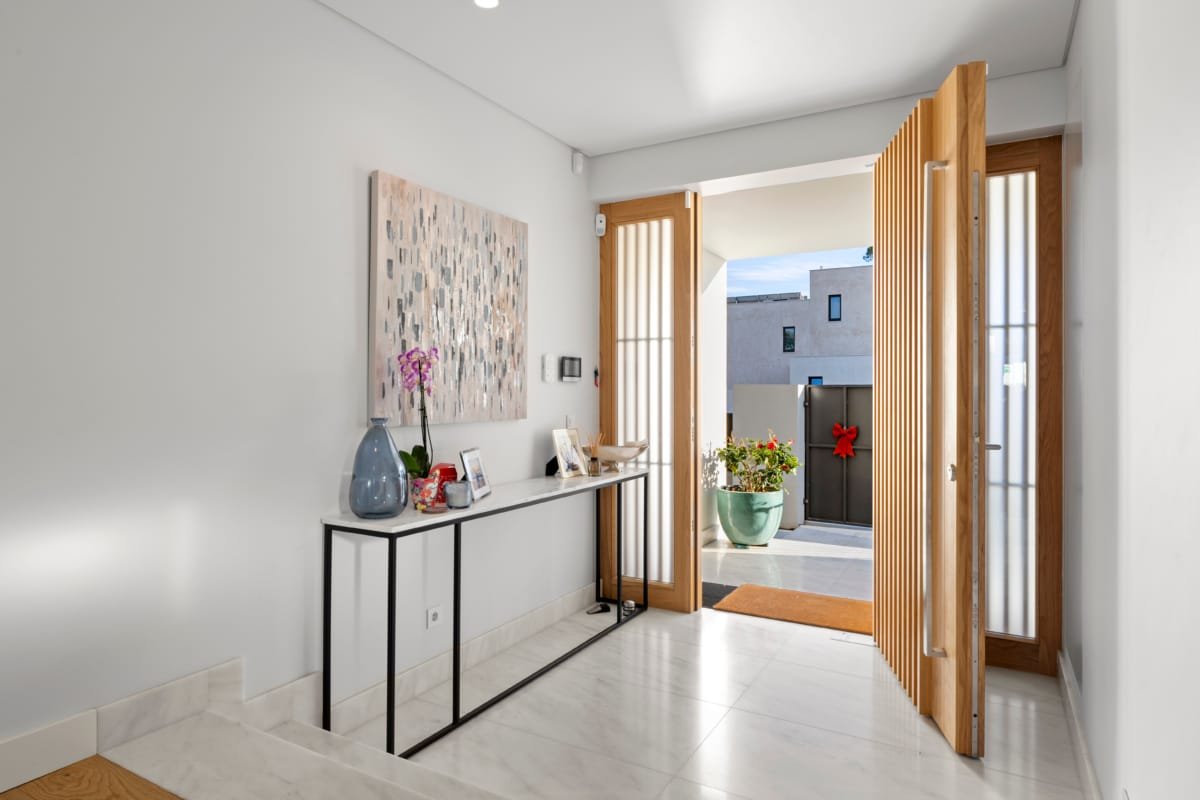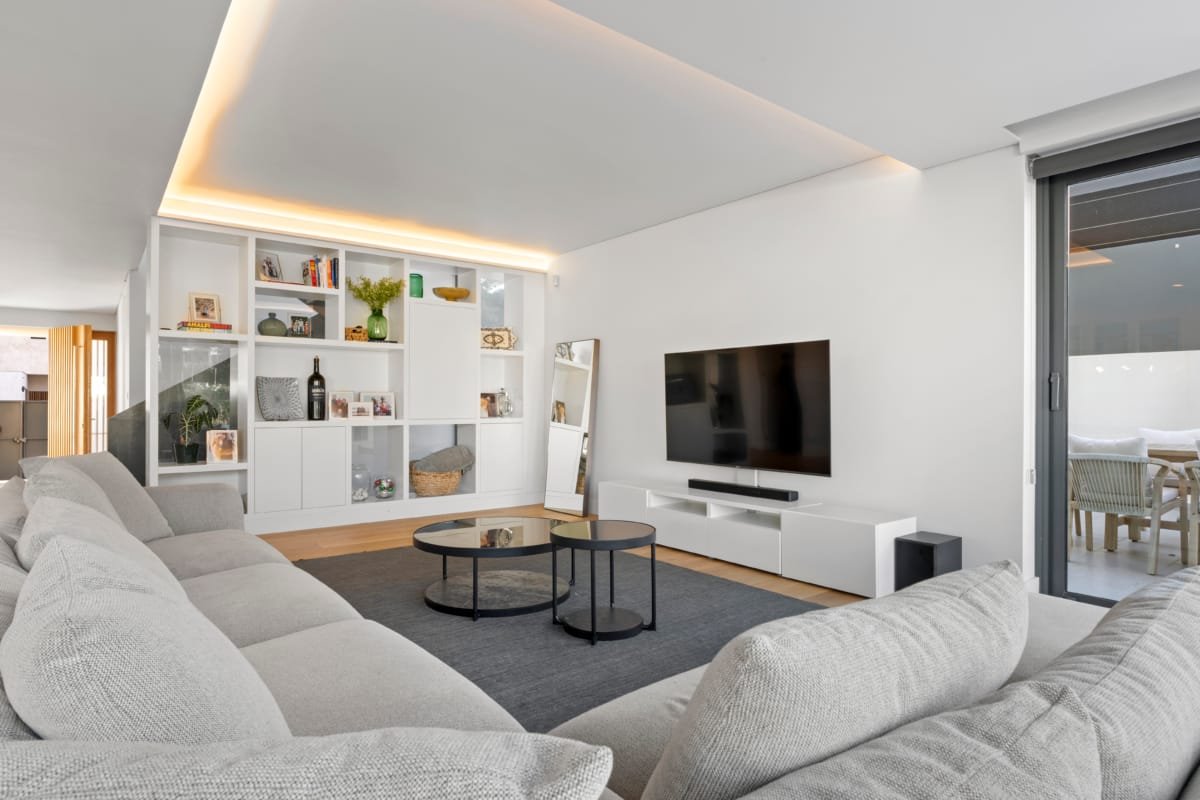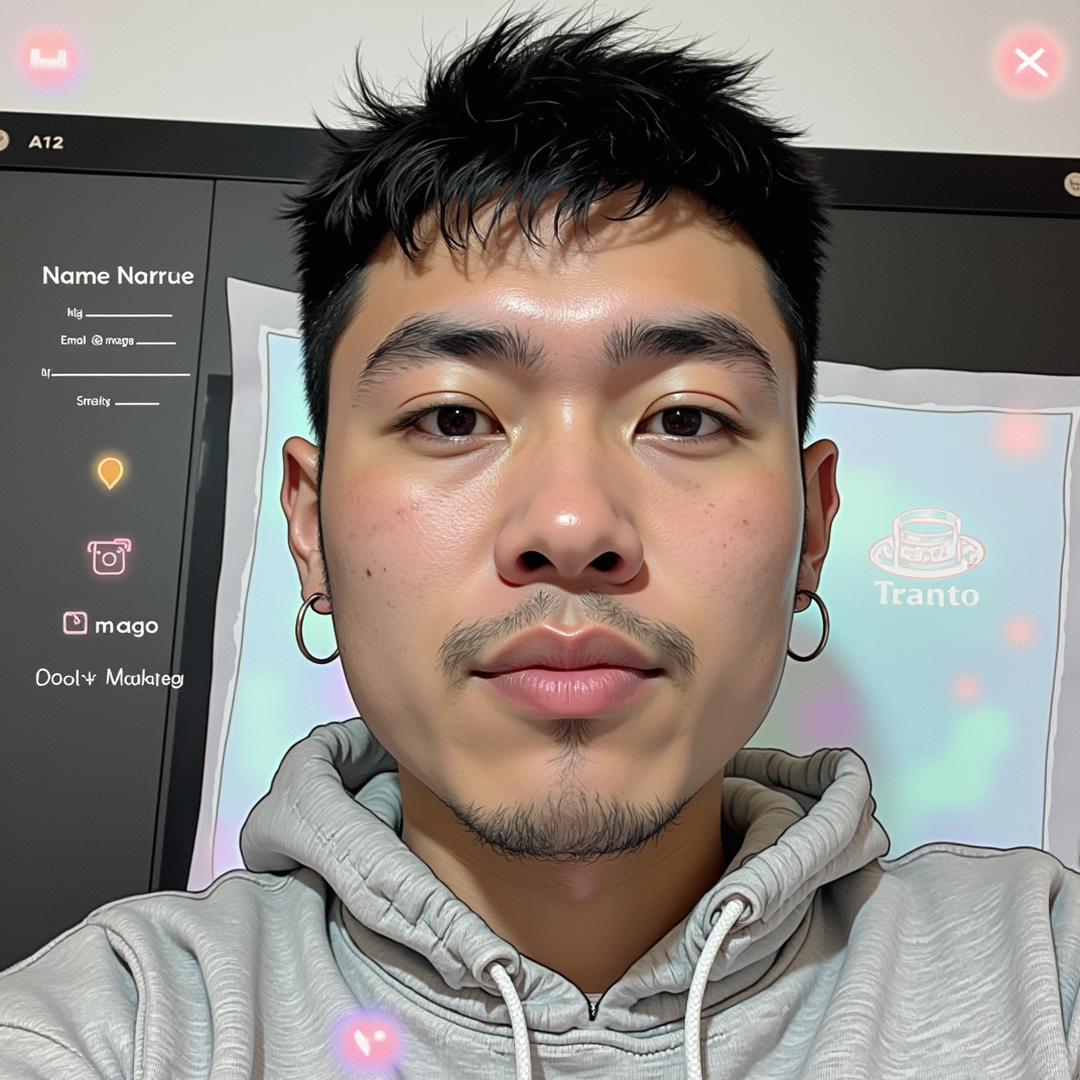
The Art of Real Estate Photo Enhancement: Making Your Property Shine
In today’s competitive real estate market, the importance of real estate photo enhancement cannot be overstated. High-quality images not only capture attention but also convey the essence and potential of a property to prospective buyers. Visually appealing photographs can make a significant difference in how quickly a property sells and at what price. This blog post will delve deep into the art of enhancing real estate photos, exploring techniques, tools, and tips that can transform ordinary images into captivating visuals.
Understanding the Basics of Real Estate Photography

Real Estate Photo Enhancement
Before diving into the enhancement techniques, it is crucial to grasp the fundamentals of real estate photography. These basics lay the groundwork for effective enhancements, ensuring that any improvements made are grounded in good practices.
Equipment Essentials
When it comes to real estate photography, the right equipment can set you apart from the competition. A professional-grade camera is a must-have, but many smartphones today also boast excellent photographic capabilities. Here are the key components:
- Camera: A DSLR or mirrorless camera allows for better control over settings like aperture, ISO, and shutter speed. This flexibility enables photographers to adapt to varied lighting conditions and achieve stunning results.
- Lenses: Wide-angle lenses are often favored in real estate photography as they can capture expansive spaces that give viewers a sense of the property’s layout. However, it’s essential to balance wide angles with distortion; too much can create unrealistic images.
- Tripod: Stability is vital to achieving sharp images, especially in low-light situations. Using a tripod eliminates camera shake and allows for longer exposures without sacrificing image quality.
- Lighting: Natural light is your best friend, but additional lighting equipment, such as softboxes or LED panels, can help illuminate darker areas. Good lighting ensures that colors appear vibrant and details are captured clearly.
Understanding these basic tools equips you to start your journey into real estate photography while setting the stage for effective enhancements later on.
Composition Techniques
The composition of each shot is paramount in capturing the spirit of a property. Proper framing and angle selection can elevate an image significantly. Here are some techniques to consider:
- Rule of Thirds: This classic photography principle divides an image into thirds both horizontally and vertically, creating nine equal segments. Positioning important elements along these lines or their intersections can lead to more balanced compositions.
- Leading Lines: Using paths, staircases, or fences as leading lines can guide the viewer’s eye through the photograph, creating a sense of depth and inviting them to explore the space virtually.
- Foreground Interest: Incorporating elements in the foreground can add dimension to the image. Consider including plants, furniture, or architectural features that enhance the narrative of the space.
- Angles and Perspectives: Experimenting with different angles can reveal unique facets of a property. Low angles can make ceilings look taller, while high angles might provide a comprehensive view of the layout.
These compositional techniques lay the foundation for striking photographs that will benefit greatly from subsequent enhancement.
Lighting Dynamics
Lighting can make or break a real estate photo. Understanding how to manipulate natural light and incorporate artificial lighting can dramatically improve image quality.
- Golden Hour Shooting: The golden hour, occurring shortly after sunrise and before sunset, provides soft, diffused light that enhances colors and reduces harsh shadows. Taking advantage of this time can result in exceptionally warm and inviting images.
- Window Treatments: When photographing interiors, consider the position of windows and how they let in light. Avoid shooting directly into bright windows, as this can lead to underexposed photos. Instead, shoot from an angle that highlights the light streaming in while keeping the details in shadowed areas visible.
- Artificial Lighting: In scenarios where natural light is insufficient, strategically placed lamps or external flash units can brighten up dark corners. Balancing ambient and artificial light helps maintain a consistent color temperature throughout the image.
Mastering lighting dynamics sets the stage for compelling photos that naturally draw viewers in, making subsequent enhancements even more impactful.
Advanced Techniques in Real Estate Photo Enhancement
Once you have captured high-quality images, the next step is to apply enhancements that bring out the best in each photograph. Various techniques can elevate your images, resulting in visually stunning representations of the property.
Color Correction and Grading
Color plays a pivotal role in photography, conveying mood and atmosphere. Proper color correction and grading are vital steps in the enhancement process.
- White Balance Adjustment: Incorrect white balance can lead to unnatural skin tones and muted colors. Using software tools like Adobe Lightroom or Photoshop, you can adjust the temperature and tint sliders to achieve accurate color representation.
- Saturation and Vibrance: While increasing saturation can make colors pop, it’s important to exercise caution. Overly saturated images can appear unrealistic. Instead, consider using vibrance adjustments that selectively boost less saturated colors without affecting already vivid hues.
- Local Color Adjustments: Tools like selective coloring allow you to enhance specific areas of the image without altering the entire frame. For instance, boosting the greens in a garden can create an inviting feel without impacting the overall color harmony.
Implementing these color correction and grading techniques will add depth and richness to your real estate photos, helping them resonate emotionally with potential buyers.
HDR Imaging Techniques
High Dynamic Range (HDR) imaging is a powerful technique that can address challenging lighting situations often encountered in real estate photography.
- Bracketed Exposures: HDR involves taking multiple shots of the same scene at different exposure levels – one underexposed, one properly exposed, and one overexposed. This process captures a wider dynamic range of light and detail.
- Blending Exposures: After capturing bracketed images, software allows you to blend them into a single photo that retains detail in highlights and shadows. This technique is particularly helpful for rooms with large windows or areas with mixed lighting.
- Careful Editing: Overdoing HDR effects can lead to unnatural-looking images. Aim for a subtle approach that retains the realism of the scene while maximizing details.
Using HDR imaging effectively not only enhances visual appeal but also communicates the qualities of a property that might otherwise remain hidden due to lighting constraints.
Retouching and Removing Distractions
Even the best photographs may require some retouching to eliminate distractions and enhance the overall appearance.
- Spot Removal: Tools like the clone stamp or healing brush can remove blemishes, dust spots, or unwanted objects that distract from the property itself. This allows for a cleaner, more polished final image.
- Enhancing Features: Highlighting architectural details, such as intricate moldings or fireplace mantels, can be achieved by selectively sharpening those areas or enhancing their color. This draws the viewer’s attention to standout features.
- Sky Replacement: Sometimes, a dull sky can detract from an otherwise stunning photograph. Replacing a gray or overcast sky with a bright, blue one can breathe life into the image and evoke positive emotions associated with sunny days.
Retouching and removing distractions ensures that the property takes center stage, allowing potential buyers to envision themselves within those spaces without being sidetracked by extraneous details.
Use of Virtual Staging
For unfurnished properties, virtual staging can be a game-changer. This modern technique offers a way to showcase a property’s potential without the need for physical staging.
- Creating Inviting Spaces: Utilizing software, you can digitally insert furniture, decor, and accessories into vacant rooms. This not only showcases the space but also helps potential buyers visualize how they could utilize the area.
- Tailoring to Target Markets: Virtual staging allows for customization based on the target demographic. For instance, modern furnishings may appeal to younger buyers, while traditional decor may attract families seeking a classic style.
- Cost-Effectiveness: Compared to physical staging, which can be expensive and time-consuming, virtual staging offers a budget-friendly solution that maintains flexibility. Adjustments can be easily made to cater to various buyer preferences.
Virtual staging breathes life into empty spaces and presents possibilities that can spark interest and drive engagement among potential buyers.
Marketing Enhancements for Real Estate Photos

Real Estate Photo Enhancement
Having compelling images is only half the battle; promoting them effectively is equally important. Integrating marketing strategies maximizes the impact of your enhanced real estate photos.
Social Media Strategies
Social media platforms are now indispensable tools for reaching potential buyers. Leveraging them smartly can amplify the visibility of your property and its photos.
- Platform Selection: Different platforms cater to varying demographics. Instagram, known for its visual focus, is perfect for showcasing high-quality images, while Facebook can facilitate community engagement. Tailor your content to suit each platform for maximum impact.
- Engagement Through Stories: Utilizing Instagram Stories or Facebook Live can create an interactive experience, allowing you to highlight features and answer questions in real-time. This personal touch fosters connection with prospective buyers.
- Hashtags and Geotags: Using relevant hashtags can extend the reach of your posts, attracting users who may not be following you. Geotagging your location can also ensure that local buyers encounter your listings.
By integrating social media strategies into your marketing, you can reach a broader audience, turning your enhanced real estate photos into powerful selling tools.
Building an Online Portfolio
An online portfolio serves as a curated collection of your best work, showcasing not only your photography skills but also your understanding of the real estate market.
- Website Design: Invest in a user-friendly website that highlights your photos beautifully. High-resolution images should take precedence, offering visitors an immersive experience.
- Client Testimonials: Including testimonials from past clients can lend credibility to your portfolio. Positive reviews build trust and can influence potential clients’ decisions.
- Blogging: Regularly updating your blog with insights about the real estate market, photography tips, or property trends positions you as an expert. This content can draw in organic traffic and keep visitors returning to your site.
A well-crafted online portfolio amplifies your brand presence and establishes you as a credible player in the real estate market.
Collaboration with Real Estate Agents
Partnering with real estate agents can create mutually beneficial relationships while maximizing the distribution of your enhanced photos.
- Networking Events: Attend local real estate networking events to meet agents looking for photographers. A personal connection can lead to referrals and long-term collaborations.
- Creating Packages: Offer tailored packages combining photography services with digital marketing support. This appeals to agents who may seek comprehensive solutions for their listings.
- Showcasing Success: Share successful case studies of properties sold through your photography efforts. This builds confidence in your abilities and demonstrates the value you bring.
Collaborating with real estate agents ensures that your remarkable photos reach the intended audience and facilitates business growth for all parties involved.
Conclusion
The art of real estate photo enhancement is more than just technical skill; it is a fusion of creativity, strategy, and understanding your audience. By mastering the basics of photography, applying advanced enhancement techniques, and actively marketing your work, you can transform everyday property images into exceptional visual narratives. Each photograph has the power to tell a story, evoke emotion, and ultimately, entice potential buyers. Adopting these principles ensures that your properties shine brightly in the vast sea of the real estate market, serving as a beacon for interested buyers. With commitment and practice, you can consistently produce stunning images that not only enhance properties but also elevate sales potential.
Contact me for the best real estate photo editing service.






